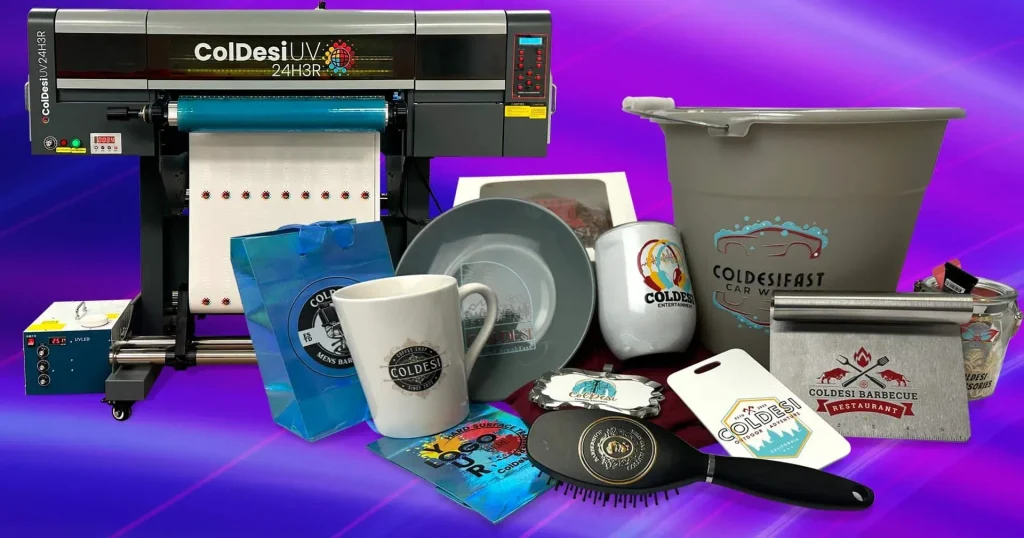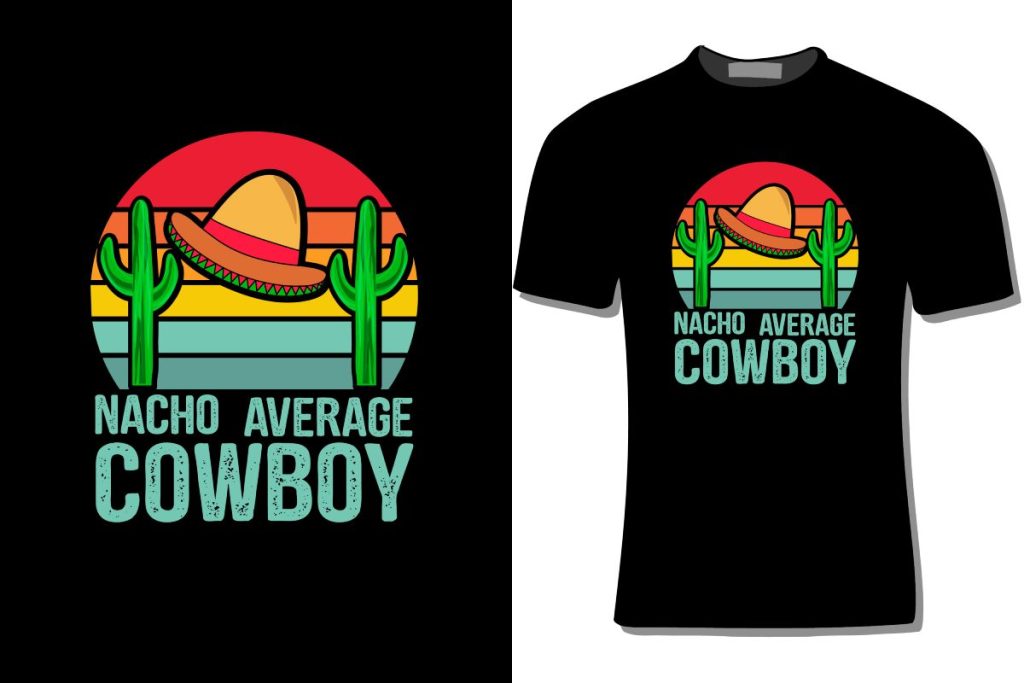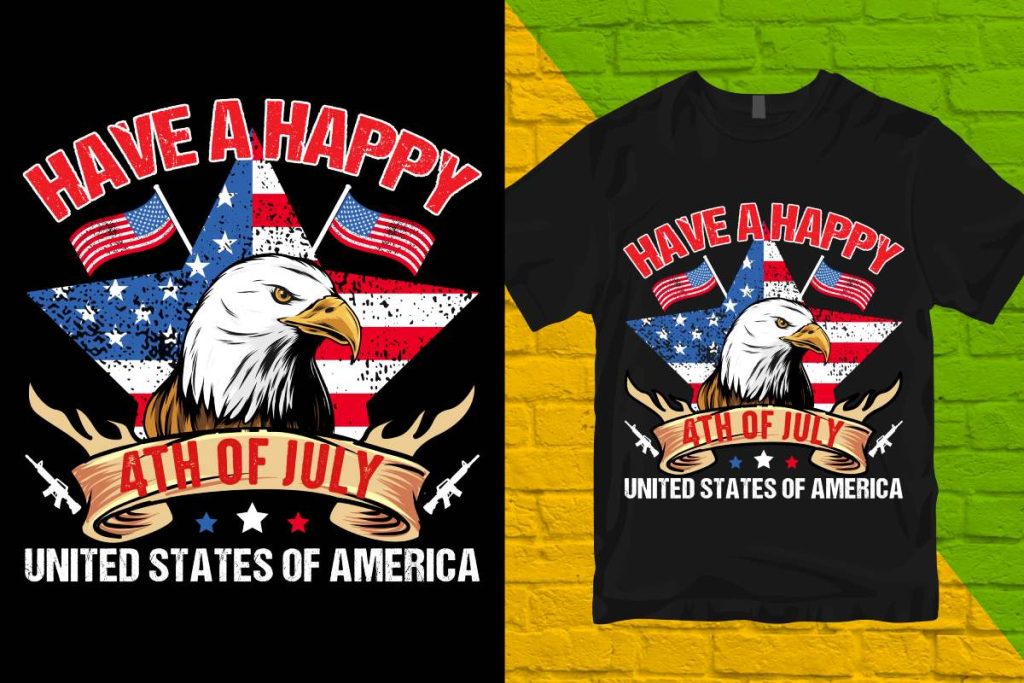UV DTF printing, or Direct to Film printing, is a cutting-edge method that revolutionizes the world of high quality printing. This innovative technique combines the benefits of UV technologies and direct film applications to deliver strikingly vibrant colors and precise details, making it a favorite among businesses seeking efficient printing methods. With its ability to print on a variety of substrates, UV DTF printing not only enhances versatility in design but also promotes sustainable printing practices through reduced waste. Moreover, the cost-effective printing solution it provides allows companies to optimize their resources while maintaining high standards. In this article, we will investigate the advantages of UV DTF printing and why it stands out in today’s competitive market.
Often referred to as direct-to-film technology, UV DTF printing has emerged as a leading choice for businesses aiming to enhance their printing capabilities. This advanced printing solution excels in providing high-quality output and boasts remarkable versatility across various materials such as textiles and rigid surfaces. By utilizing UV-cured inks, this method ensures durability and environmental sustainability through minimized ink waste and lower volatile organic compounds (VOCs). As companies increasingly prioritize operational efficiency and eco-friendliness in their processes, the advantages of this innovative approach position UV DTF printing as a transformative choice in the industry. Join us as we explore how this technology is reshaping the landscape of cost-effective printing.
The Benefits of UV DTF Printing in Quality and Performance
UV DTF printing combines high-quality output with remarkable performance, making it a standout choice for businesses looking to elevate their printing solutions. This method harnesses UV-cured inks that deliver vibrant colors and sharp details, allowing for impressive imagery across various substrates. Whether producing graphics for textiles, promotional materials, or rigid surfaces, the outcomes exceed expectations with durability that resists scratching and fading.
In the competitive landscape of printing, the reliability and consistency afforded by UV DTF technology give it an edge over traditional methods. The advanced curing system eliminates lengthy drying times, ensuring that products can be processed and delivered without delays. As a result, businesses can enhance their client satisfaction while maintaining a high standard of quality.
Exploring Cost-Effectiveness and Sustainability in Printing
One of the key advantages of UV DTF printing is its cost-effectiveness, which stems from precision ink application that minimizes waste. This efficient printing process reduces both material and labor expenses, allowing businesses to allocate resources more effectively. Furthermore, the longevity of UV inks means fewer reprints are needed, saving companies additional costs in the long run.
In an era where sustainability is paramount, UV DTF printing stands out by utilizing eco-friendly inks with reduced volatile organic compounds (VOCs). This aspect not only aids in decreasing environmental impact but also aligns with the values of environmentally conscious consumers. By choosing UV DTF printing, businesses can signal their commitment to sustainable practices while delivering high-quality products.
Material Versatility of UV DTF Printing
UV DTF printing excels in material versatility, allowing it to cater to a wide array of substrates, ranging from textiles like cotton and polyester to rigid materials such as wood and metal. This adaptability opens up numerous creative avenues for businesses seeking to expand their product offerings. The ability to print on diverse materials without compromising quality is a hallmark of UV DTF technology.
The implications of material versatility are significant for businesses aiming to innovate in their offerings. From fashion to promotional items, the possibilities with UV DTF printing are virtually limitless, enabling companies to tailor their products to meet customer preferences and market trends. This level of flexibility is instrumental in cultivating a compelling brand presence.
Efficiency in Production with UV DTF Technology
Efficiency plays a crucial role in the printing process, and UV DTF printing brings remarkable speed to production lines. The quick-drying characteristics of UV-cured inks facilitate the immediate handling of printed products, drastically shortening the turnaround time. Businesses can fulfill customer orders more rapidly, enhancing both productivity and client satisfaction.
This efficiency also translates to a more streamlined workflow, allowing for quicker adaptation to market demands. As production speeds increase, businesses that implement UV DTF printing will find themselves in a better position to take on high-volume projects without sacrificing quality or performance.
User-Friendly Aspects of UV DTF Printing Systems
The technology behind UV DTF printing has evolved, resulting in user-friendly systems that simplify the printing process. These advancements mean that even novice operators can efficiently navigate the software and hardware, reducing the need for extensive training. This accessibility promotes faster implementation and adaptation of new technologies within businesses.
By streamlining the learning curve associated with UV DTF printing, businesses minimize operation downtime and maximize productivity. This proficiency directly contributes to the overall effectiveness of printing operations, allowing companies to focus on creativity and quality rather than grappling with complex technology.
Recent Innovations in UV DTF Printing Technology
The landscape of UV DTF printing continues to evolve, with recent innovations focusing on enhancing ink formulations and printer designs. Manufacturers are now producing inks that offer increased flexibility and resistance to impact, without sacrificing color vibrancy. These improvements ensure that businesses can consistently achieve exceptional results across various applications.
Additionally, advancements in printer technology have led to more efficient machines that require less maintenance and can adapt to diverse printing specifications. Such innovations not only improve operational capabilities but also empower businesses to meet the evolving demands of their clientele, making UV DTF printing an investment worth considering.
Frequently Asked Questions
What are the advantages of UV DTF printing compared to traditional printing methods?
UV DTF printing offers several advantages over traditional methods, including high-quality output with vibrant colors and sharp details, efficient production times due to quick drying UV inks, and cost-effective printing that reduces waste and material costs. Furthermore, its versatility allows printing on a wide range of substrates, making it suitable for various applications and promoting sustainability with reduced VOCs.
How does UV DTF printing achieve high-quality results?
UV DTF printing achieves high-quality results by using UV-cured inks that instantly bond to the substrate upon exposure to UV light. This technology ensures vibrant colors, sharp details, and long-lasting durability, making products resistant to scratching and fading over time.
In what ways is UV DTF printing a cost-effective printing method?
UV DTF printing is considered a cost-effective method due to its precision in ink application, which minimizes waste, and the durability of UV inks that decrease the need for frequent reprints. This leads to significant savings in both materials and labor costs.
Can UV DTF printing be used for sustainable printing practices?
Yes, UV DTF printing supports sustainable practices as many UV inks are formulated with reduced volatile organic compounds (VOCs). This eco-friendly approach aligns with businesses’ efforts to minimize their environmental impact while still producing high-quality printed products.
What makes UV DTF printing efficient in production?
The efficiency of UV DTF printing in production stems from the instant curing of UV inks, allowing for immediate handling of printed items. This speeds up the production cycle and enables businesses to fulfill orders more rapidly, enhancing customer satisfaction.
Is UV DTF printing versatile across different materials?
Absolutely! UV DTF printing is highly versatile and can be used on a wide range of materials, including textiles, plastics, wood, and metal. This flexibility allows businesses to expand their offerings and cater to diverse market needs.
| Advantage | Description |
|---|---|
| High-Quality Output | Delivers sharp details and vibrant colors with durable, fade-resistant prints. |
| Material Versatility | Compatible with a variety of substrates, including textiles and rigid materials. |
| Efficiency in Production | Quick-drying inks allow for faster handling and shorter production times. |
| Minimal Waste and Cost-Effectiveness | Reduces ink waste and reprints, leading to lower material and labor costs. |
| Reduced Environmental Impact | Formulated with lower VOCs, making it a more eco-friendly option. |
| User-Friendly Technology | Modern systems are easy to use, reducing training times for operators. |
Summary
UV DTF printing is an innovative and highly efficient printing method that significantly enhances production processes while ensuring high-quality output. This technique combines the benefits of UV printing and Direct to Film methods, making it versatile for various materials and applications. Businesses that choose UV DTF printing enjoy remarkable durability and vibrant colors, reduced material waste, and increased efficiency. Furthermore, the eco-friendliness of UV DTF inks aligns with sustainability efforts in today’s market, offering a responsible choice without compromising quality. As technological advancements continue to evolve in UV DTF printing, businesses are well-positioned to meet the demands of a dynamic industry.



